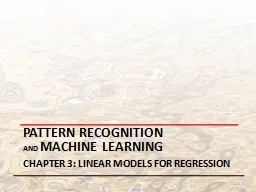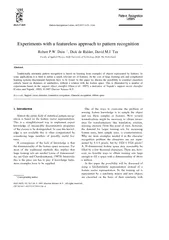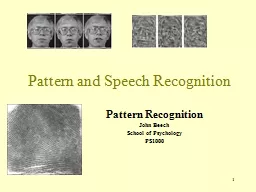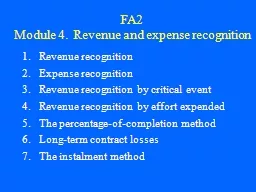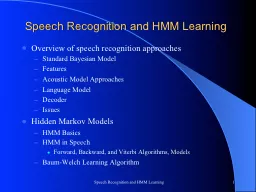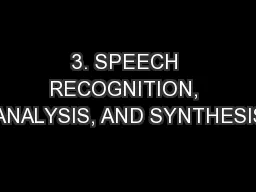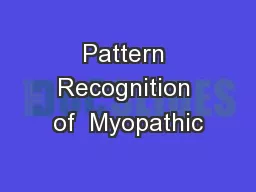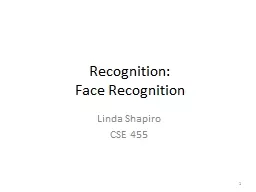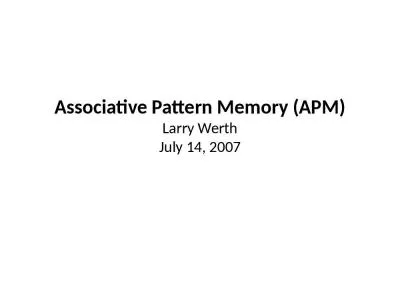PPT-Pattern Recognition and
Author : mitsue-stanley | Published Date : 2018-09-23
Machine Learning Chapter 3 Linear models for regression Linear Basis Function Models 1 Example Polynomial Curve Fitting Linear Basis Function Models 2 Generally
Presentation Embed Code
Download Presentation
Download Presentation The PPT/PDF document "Pattern Recognition and" is the property of its rightful owner. Permission is granted to download and print the materials on this website for personal, non-commercial use only, and to display it on your personal computer provided you do not modify the materials and that you retain all copyright notices contained in the materials. By downloading content from our website, you accept the terms of this agreement.
Pattern Recognition and: Transcript
Download Rules Of Document
"Pattern Recognition and"The content belongs to its owner. You may download and print it for personal use, without modification, and keep all copyright notices. By downloading, you agree to these terms.
Related Documents

